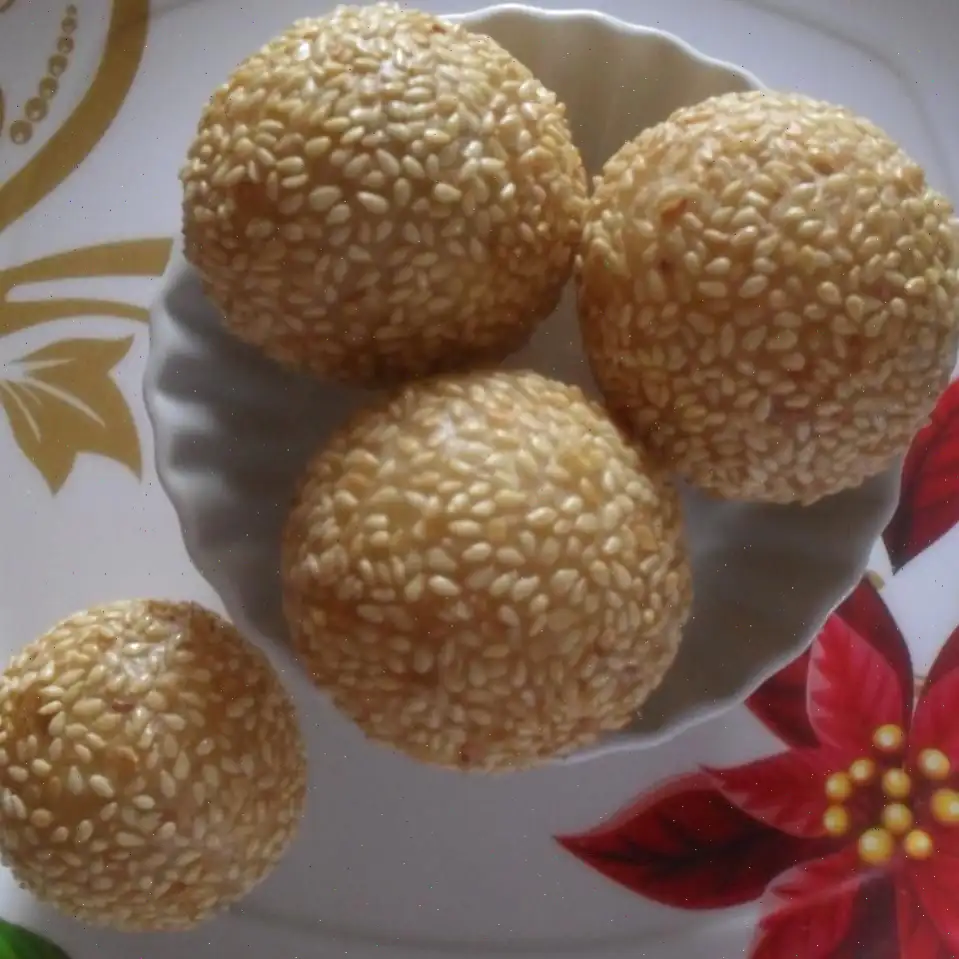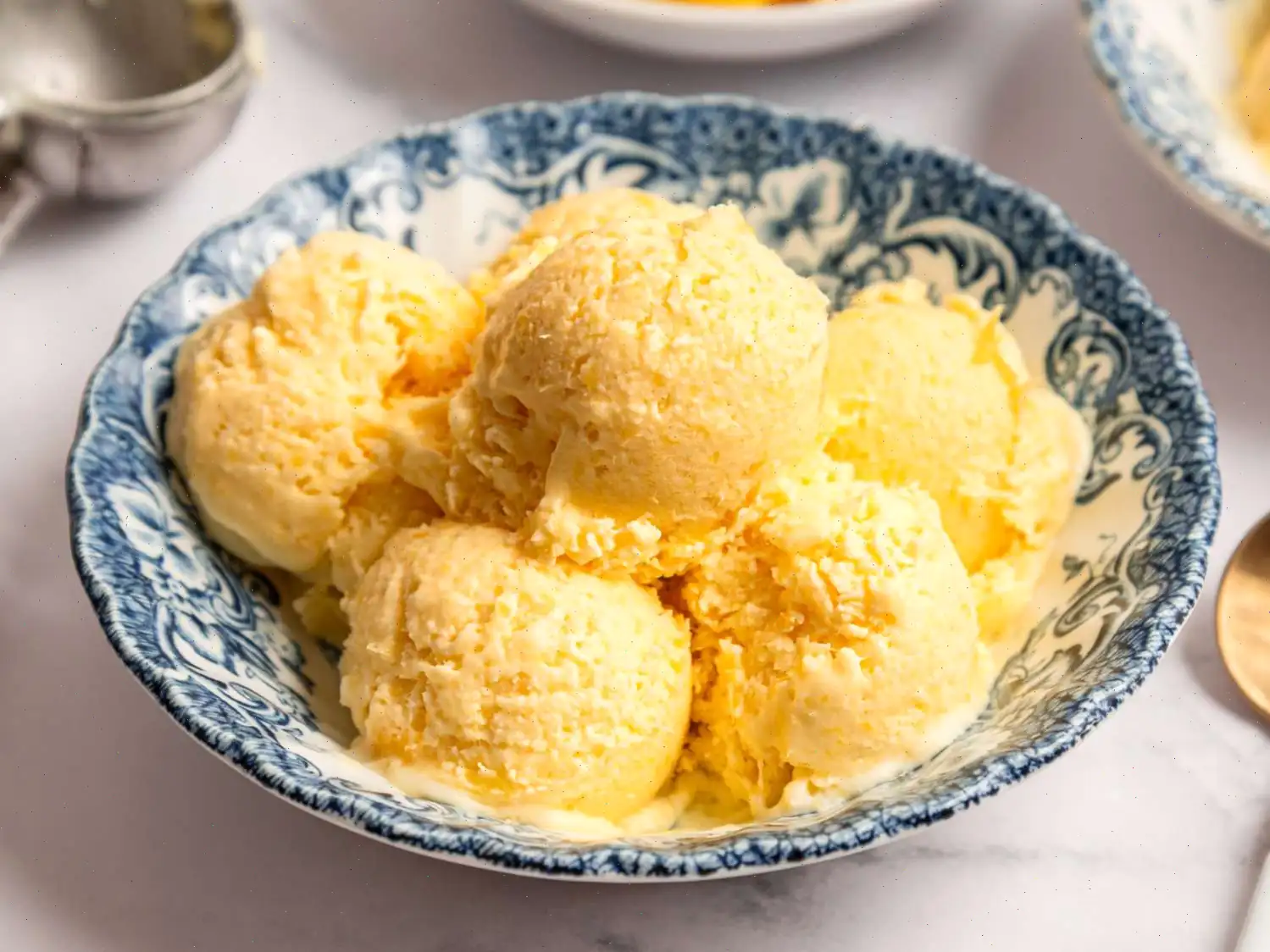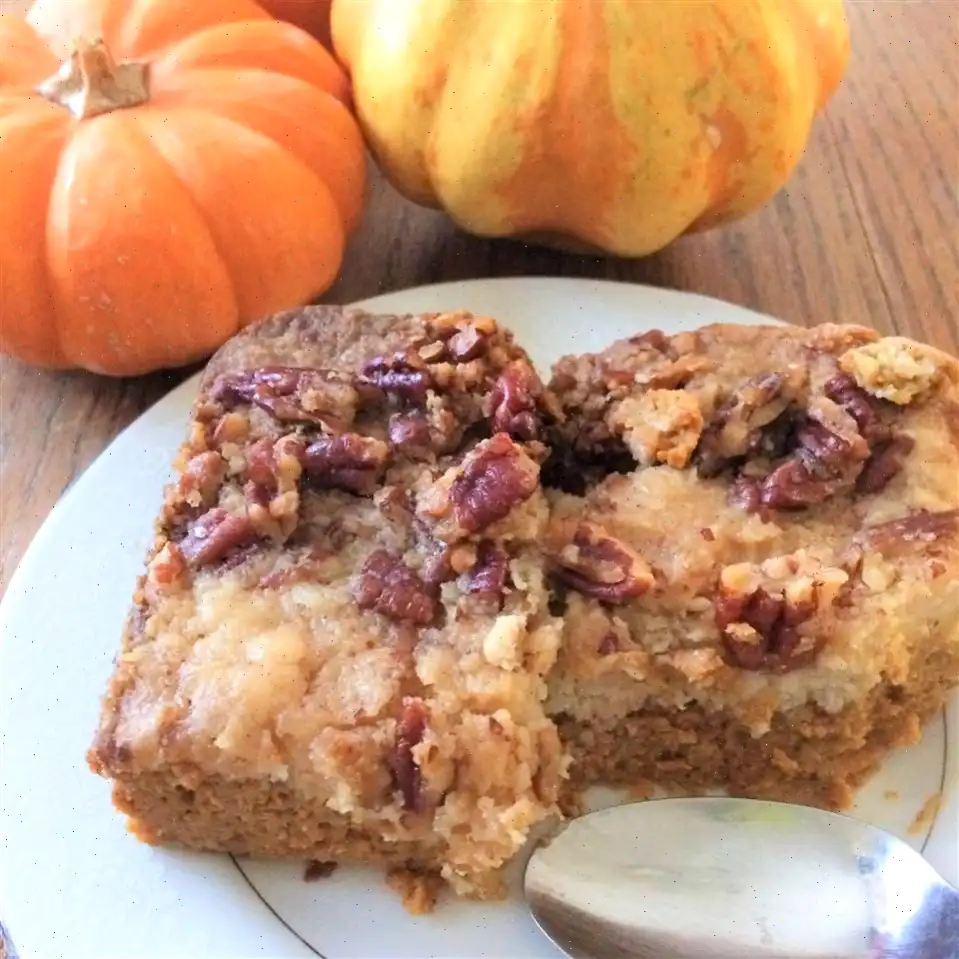
Buchi Recipe
Ingredients
This recipe yields 10 servings.
- 1 cups water, divided
- 3 ounces green mung beans
- cup white sugar
- 2 cups glutinous rice flour
- 2 tablespoons white sugar
- 1 teaspoon salt
- 1 quart cooking oil
Directions
- Combine 1 cup of water and mung beans in a pot. Bring to a boil, then cook over medium heat until the beans are very tender, which should take about 30 minutes.
- Once tender, mash the beans thoroughly. Stir in cup of sugar and mix well. Set the mixture aside.
- In a large bowl, combine the rice flour, remaining cup of water, 2 tablespoons of sugar, and salt. Knead the mixture just enough to form a ball of dough.
- Divide the dough into small portions and roll them into balls.
- Flatten each dough ball, then spoon about 1 tablespoon of the mashed bean mixture into the center of each. Carefully wrap the dough around the bean filling and pinch the edges to seal each ball.
- Heat the oil in a deep fryer or a large saucepan to 350F (175C).
- Fry the dough balls in batches, ensuring they are golden brown, which will take approximately 5 to 10 minutes per batch.
- Once fried, remove the balls and place them on paper towels to drain excess oil. Serve while hot.
Nutrition Facts (per serving)
| Calories | 243 |
| Total Fat | 9g |
| Saturated Fat | 1g |
| Sodium | 44mg |
| Total Carbohydrate | 38g |
| Dietary Fiber | 1g |
| Total Sugars | 13g |
| Protein | 2g |
| Calcium | 6mg |
| Iron | 0mg |
| Potassium | 27mg |
Buchi, a popular Filipino snack, is a sweet and savory treat made from glutinous rice flour dough filled with a sweet mung bean paste and deep-fried to golden perfection. It is beloved for its chewy texture and crunchy outer shell, often enjoyed during celebrations, family gatherings, or as an everyday snack. But beyond its delicious taste, Buchi has an interesting history, regional variations, and distinct features that set it apart from other similar dishes.
History and Origin
Buchi is believed to have originated in China, where it is known as "Jian Dui" (), and later became popular in the Philippines through Chinese influence. The Filipino version of Buchi, however, is distinct in its preparation and fillings. While traditional Chinese Jian Dui is filled with lotus seed paste or red bean paste, the Filipino version typically uses sweetened mung beans as the filling. This adaptation highlights the creative fusion of Filipino and Chinese culinary traditions that have shaped many Filipino dishes.
Regional Variations
While Buchi is popular across the Philippines, regional variations do exist. In certain areas, the dough is coated with toasted sesame seeds before frying, adding an extra layer of crunch and flavor. Some regions may even experiment with different fillings, such as black sesame paste or sweetened red mung beans, creating a slight variation in taste. In places like Manila, youll find Buchi often sold as a street food snack, while in rural provinces, it may be made in local kitchens for special occasions like fiestas or family gatherings.
How It Differs from Similar Dishes
Buchi is often compared to other deep-fried rice-based snacks, such as "kueh" from other Asian cuisines. However, what sets Buchi apart is its dough, which is made from glutinous rice flour, giving it a chewy texture that is different from the crispier, less dense textures found in similar snacks. The sweet mung bean filling also differentiates Buchi from other rice flour-based desserts, adding a soft, velvety interior that contrasts with the crunchy outer shell. Additionally, the addition of sesame seeds is a signature characteristic of Filipino Buchi, providing a unique flavor profile not typically found in its Asian counterparts.
Where Its Typically Served
Buchi is typically served as a snack or dessert in the Philippines. Its a common offering at Filipino parties, weddings, and celebrations, and can often be found at local bakeries, street food stalls, or specialized dessert shops. The snack is especially popular during the Christmas season and New Year celebrations. In Filipino homes, it might also be enjoyed as an afternoon treat or paired with hot tea or coffee. Whether in a busy marketplace or a cozy family kitchen, Buchi is a delicious and indulgent snack that brings comfort and joy to those who enjoy it.
Interesting Facts
1. Buchi is sometimes referred to as a "Filipino donut" because of its round shape and deep-fried nature, although its texture and flavor are quite different from traditional donuts.
2. The word Buchi is believed to be derived from the Chinese word Jian Dui, meaning fried dough, reflecting its Chinese origins.
3. Mung beans, the main filling of Buchi, are a staple ingredient in many Filipino desserts, as they are both nutritious and versatile. The beans are not only used in Buchi but also in other Filipino sweets such as "halo-halo" and "munggo soup."
4. Although the most common Buchi filling is mung beans, variations exist, with some people opting for different pastes or fillings, such as red bean paste or even sweet coconut.
5. In some Filipino households, Buchi is made during festive seasons, such as Easter or Christmas, as part of the celebration's food offerings.
Conclusion
Buchi is more than just a delicious treat; it is a symbol of Filipino culinary creativity and the influence of Chinese traditions on local cuisine. Whether enjoyed as a street snack or served at festive gatherings, this deep-fried rice dough ball continues to be loved for its rich flavor, chewy texture, and satisfying crunch. By understanding its origins, regional variations, and how it stands out from similar dishes, we can appreciate the rich history and unique appeal of this Filipino delicacy.
FAQ about Buchi Recipe
Comments
Samantha Walker
01/03/2025 09:34:13 PM
Thank you Lola for sharing your recipe. I discovered that the rice flour required closer to one cup of water. Before frying, I coated the buchi in untoasted sesame seeds, reminiscent of how I remember them from the Chinese restaurants in Manila. Instead of red mung beans paste, I used cooked red mung beans in syrup and mashed them up. Although I initially wanted the paste, only the whole beans were available, which also happens to be an ingredient in halo-halo. If I can't find red mung beans in syrup, dried green mung beans are a more accessible alternative. Your recipe is a great reference, thank you once again!
Kimberly Clark
11/19/2022 12:09:06 AM
Recipe needs improvement... There wasn't enough water in the flour, so the sesame seeds didn't stick and the coating cracked while frying. This recipe requires revision!








